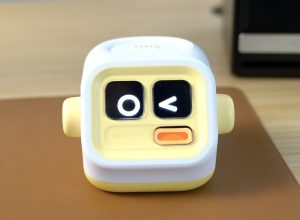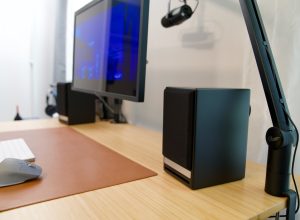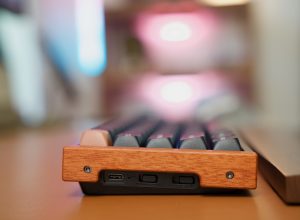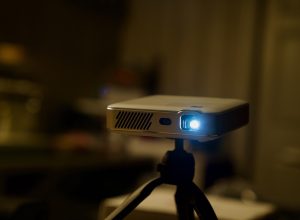There used to be a time when “smart-home technology” simply implied ‘hands-free’ technology. You could turn on your lights by walking into the room, or speaking “turn on the lights” into your Amazon Echo or Google Nest; control the thermostat by instructing the device; your Ring camera would notify you whenever someone walked up to your door while you were away, and many more similar functionalities – which is a huge leap from always needing to monitor your CCTV camera.
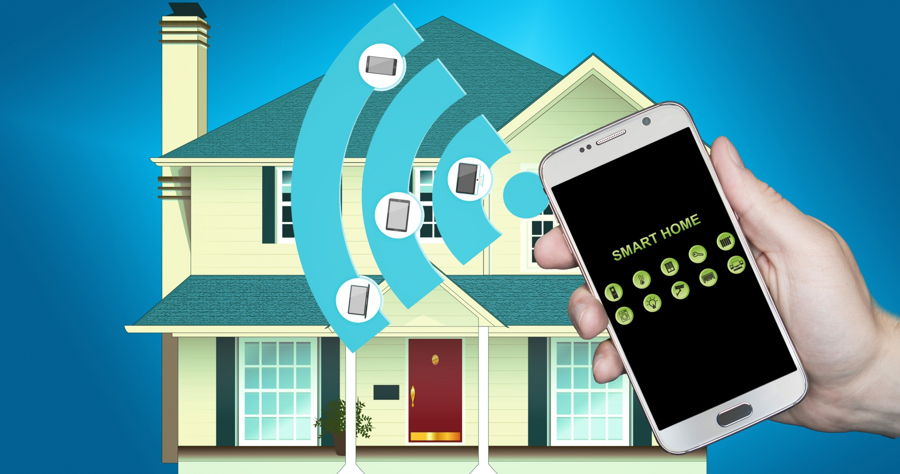
However, as you will soon see, AI has even accelerated the progress of IoTs and massively elevated many of them from cool, nice-to-haves to absolute need-to-haves if you want to save time, money, and have greater peace of mind. That’s more money you can play with for fun in your favorite casino online.
Practical Ways AI has Improved Smart Home Technology and Everyday Living
When we consider various aspects of everyday life, we see so many activities and chores that would have absolutely required human intervention only three years ago, but which we can now expect our smart devices to perform to a great level of reliability, thanks to AI integrations.
Security Devices
Let’s start with smart security devices like our doorbells and door cameras. Homeowners who use devices like Ring and Arlo now enjoy enhanced peace of mind. For example, their facial recognition features are more reliable, so the cameras can better recognise the occupants of the home. This has resulted in fewer occurrences of false alarms. AI has also made it possible for the door cameras to recognise usual actions and distinguish them from unusual actions; this way that you don’t get an alarm when your neighbour walks past your house on their way out.
Cleaning Devices
Gone are the days when robot vacuum cleaners get stuck bouncing in corners or entangled in cables. Smart vacuum cleaners have become a lot more reliable over the last three years. AI integration has resulted in more imaginative solutions to previously stubborn challenges.
Robot vacuum cleaners not only avoid obstacles better, but they also can recognise objects better, knowing what to avoid and what to climb over instead. AI has also made it possible to reliably execute combined sweeping and mopping functions in one sequence, without fear of wetting your carpets. Another massive impact of AI on robot vacuums is that recent advancements have enabled cheaper implementation of better navigation (straight line navigation instead of random navigation), which allows floors to be cleaned more thoroughly.
Some newer devices have begun introducing interactions between person and machine through voice and gesture commands, making it possible for the owners to tell the machines what and where exactly to clean.
Environmental Control Devices
The biggest compliment you can pay to AI is that it has enabled these devices to be truly smart. They can now learn your behavioral patterns, preferences, weather, and sunlight conditions, and then control the environment within your home to match your needs, often without you needing to lift a finger.
Let’s take thermostats for example: Before the leap in AI functionality post-2022, you would need to manually set the temperature every time that you wanted something different, depending on the time of day and weather outside, or else you would depend on the pre-scheduled settings. Today, the devices can learn your preferences and adjust the temperature in individual rooms to adapt to the external conditions. AI has also enabled them to integrate with other devices like the lights to control even the general mood in your home.
The same goes for Smart Humidifiers and Air Purifiers; building them with AI now means they can act on their own to detect and correct issues reliably, without you needing to lift a finger. Air Purifiers are detecting and identifying gases and ejecting them from your space with greater accuracy, all on their own, to leave you with clean air more often than ever before.
Other Classes
There are many other ways that AI has improved everyday life for homeowners, including by serendipity:
For example, it helps homeowners optimise their energy consumption and save money on energy bills. This happens because it can automatically detect when an occupant is in a room, and, through pattern recognition, predict when they are likely to return to the room. This way, devices can switch themselves off, and then come on only before the occupant returns to the room.
Advancements in Artificial Intelligence have resulted in better functionality and a greater level of reliability for users.
